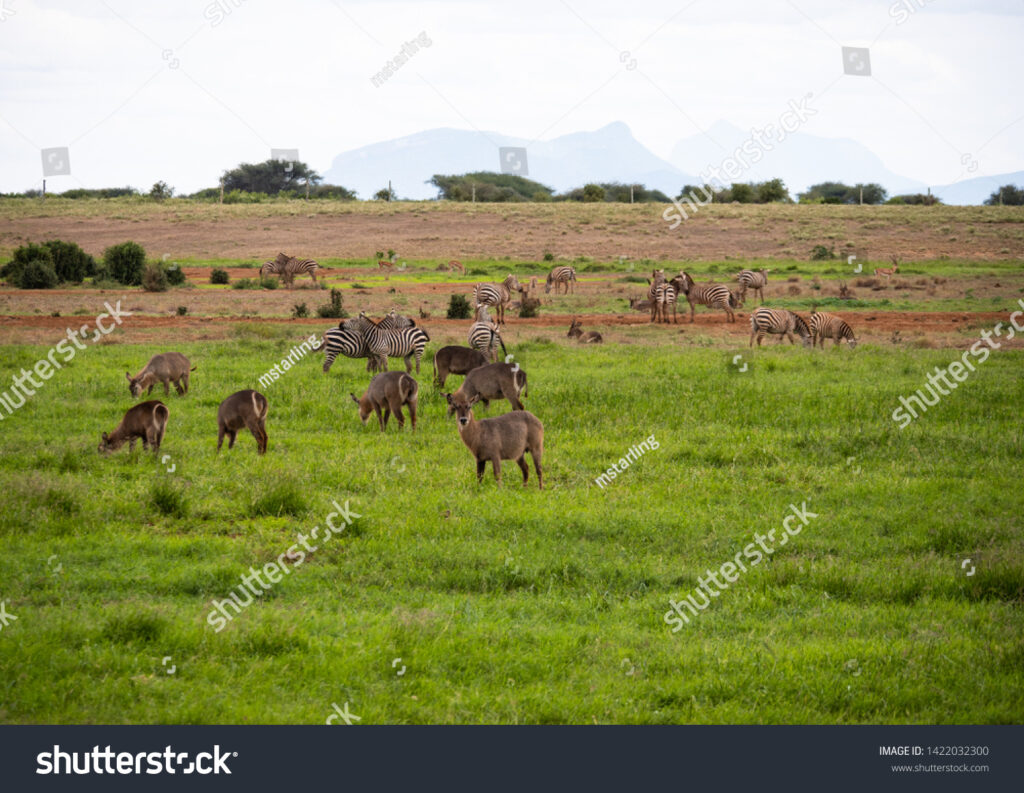Introduction
A conservation area is a protected piece of land, designed to preserve its natural beauty and wildlife. It is typically a designated area of land or water that is managed by a government entity or non-profit organization to ensure that the native flora, fauna, and other natural resources are preserved and protected. The primary purpose of a conservation area is to protect the natural environment from human intervention and development. Conservation areas are a crucial part of preserving the natural beauty of our planet, and they provide important habitats and resources for a variety of species.
What is a Conservation Area?
A conservation area is an area of land or water set aside for the purpose of protecting its natural resources and wildlife. Conservation areas are typically managed by government entities or non-profit organizations and are designed to conserve the area’s native species and natural resources. Conservation areas serve to preserve the natural beauty of an area, as well as its flora and fauna.
The primary purpose of a conservation area is to protect the natural environment from human intervention and development. Conservation areas provide important habitats and resources for a variety of species, as well as a refuge for wildlife. Conservation areas also play an important role in preserving the planet’s biodiversity, as they provide a safe haven for endangered and threatened species.
Benefits of Conservation Areas
Conservation areas provide numerous benefits, both to the environment and to the people who visit them. Conservation areas help to preserve the natural diversity of the planet, as they provide habitats and resources for a variety of species. They also help to protect the environment from overdevelopment and preserve the natural beauty of an area.
Conservation areas are also great places for recreational activities, such as hiking, camping, fishing, and bird watching. These activities give people the chance to explore and appreciate the natural world, while also helping to protect it.
Types of Conservation Areas
There are several different types of conservation areas, each with its own unique purpose and characteristics. The most common types of conservation areas include National Parks, Wildlife Refuges, Wilderness Areas, and Marine Protected Areas.
National Parks are large areas of land that are set aside for the protection of their natural resources, wildlife, and scenery. They are managed by government entities and are typically open to the public for recreational activities.
Wildlife Refuges are areas of land that are managed to provide a safe habitat for wildlife species. These areas are typically closed to the public, as they are designed to protect the native wildlife species.
Wilderness Areas are large, undeveloped areas of land that are managed to preserve their natural beauty and ecosystems. These areas are typically closed to the public, as they are designed to protect the natural environment from human intervention and development.
Marine Protected Areas are areas of water that are set aside for the protection of marine species and habitats. These areas are typically closed to the public, as they are designed to protect the marine environment from human interference.
Conclusion
Conservation areas are a crucial part of preserving the natural beauty of our planet, and they provide important habitats and resources for a variety of species. Conservation areas help to protect the environment from overdevelopment and preserve the natural diversity of the planet. They also provide numerous benefits, both to the environment and to the people who visit them. There are several different types of conservation areas, each with its own unique purpose and characteristics.

